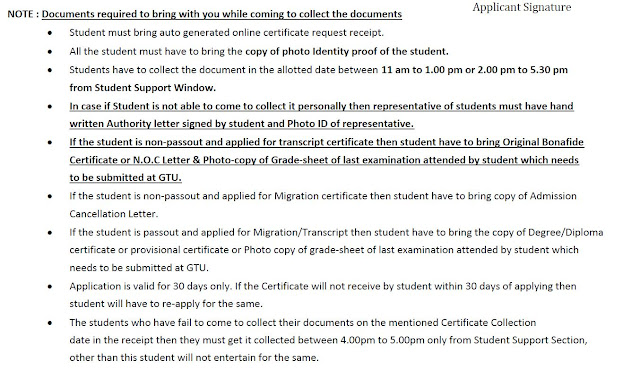Snow Leopard: kibber wildlife sanctuary (Basics)
Introduction
Snow leopard is a big cat living on high altitude mountain range of India, Pakistan, Afghanistan, Mongolia, Kazakhstan. I got motivation to see snow leopard after hearing stories from Vipulbhai and Catherine who run wildark.
Unlike other photographers, I have taken this challenge without prior knowledge/experience of shooting big cats in wild (Tiger/Lion/Leopards). As a hobbyist wildlife photographer, I have always enjoyed observing new species and photographing them. After carefully considering various challenges, me and my friend Bhavya Joshi decided to take on this challenge to go on this expedition.
Places to snow leopard in India
- Ladakh
- Spiti valley
Ladakh:
Hemis national park located in Ladakh is considered to be one of the major hotspots for wild snow leopard sightings. Hemis national park is one of the largest parks in India. Due to its large area, sightings are relatively difficult.
Spiti valley:
Spiti valley has became a popular hotspot for snow leopards. Kibber village is the base camp for most snow leopard expeditions conducted in spiti. Kibber wildlife senctuary offers great sighting opportunities for snow leopard.
After some discussions and looking at recent trends, we decided to finalize kibber as our destination for snow leopard.
Best Time for snow leopard sightings:
Best time to visit kibber is from late January to early March. February is usually the peak season for snow leopard sightings and it can be a little crowded.
Pre-preparation
Snow leopard brings very different challenges as compared to other big cat photography. High altitude and winter makes it difficult and challenging as compared to other big cats photography.
The main challenges are:
- Low oxygen levels
- Walking uphill in snow
- High altitude walk with tripod or other equipment
I started long walks 2 months prior to my trip to spiti valley. I walk regularly outdoors which helped a little in the preparation. I located a steep road near my house where I used to walk to train my leg muscle for the steep walks in spiti. If you have resources then High altitude training maks can be used to simulate low oxygen levels. This was suggested on several high altitude trek forums and blogs but this may require medical advise as I am not an expert on its effects on human body.
Another thing I used to do was use stair climbing in my house. I gradually increased the number of floors and intensity to get used to it. Weight training can also be helpful.
Things to carry:
Due to pick winter season, the temperature can go as low as -25 degree Celsius. It is essential to invest in some high quality gears for such expedition. I am listing few things that are absolutely essential for snow leopard expedition with approx price range:
- High quality waterproof jacket (North face/ Decathlon/ Columbia) - 6000 to 12000 INR
- High quality thermal (Monte carlo) - 1000 to 3000 INR
- Woolen socks (Decathlon) - 350 INR
- Waterproof shoes for snow (Decathlon/Columbia) - 2500 to 10000 INR
- Toiletries (Include extra Tissue rolls)
- Sanitizer
- Sunscreen
- Cold cream
- Good quality sun glasses
- Dry packed food/ biscuits/ Chocolates/ Energy bars/ Dates/ Chiki (Good to have energy sources for hikes which are light to carry and have plenty of calories)
- Small backpack
- Flask/metal water bottle if available (Water freezes in winter so it is recommended to have a good quality bottle. I used 1 contigo and 1 milton flasks)
Photography related things:
- Extra memory cards
- Additional batteries (Low temperature drains battery fast so it is essential to have additional batteries.)
- Sturdy tripod
- Gimbal head if available (I used ball head)
- Lens (at least 400mm). Prime recommended (I borrowed lens from my friend)
- Extra camera body if available
- Good quality camera bag with rain cover
- Power strip
- HDDs
- Laptop
- Power bank if you are using gopro/cell phone for photography
Spiti valley besides wildlife also offers great opportunity to do some astrophotography. Light pollution in this area is minimal so ideal for taking star lapse during winter season. Galactic center of the milky way may not be available during the winter time.



What a wonderful experience !
ReplyDeleteWould like to plan a trip after reading such details 🙂
Thank you.
Delete